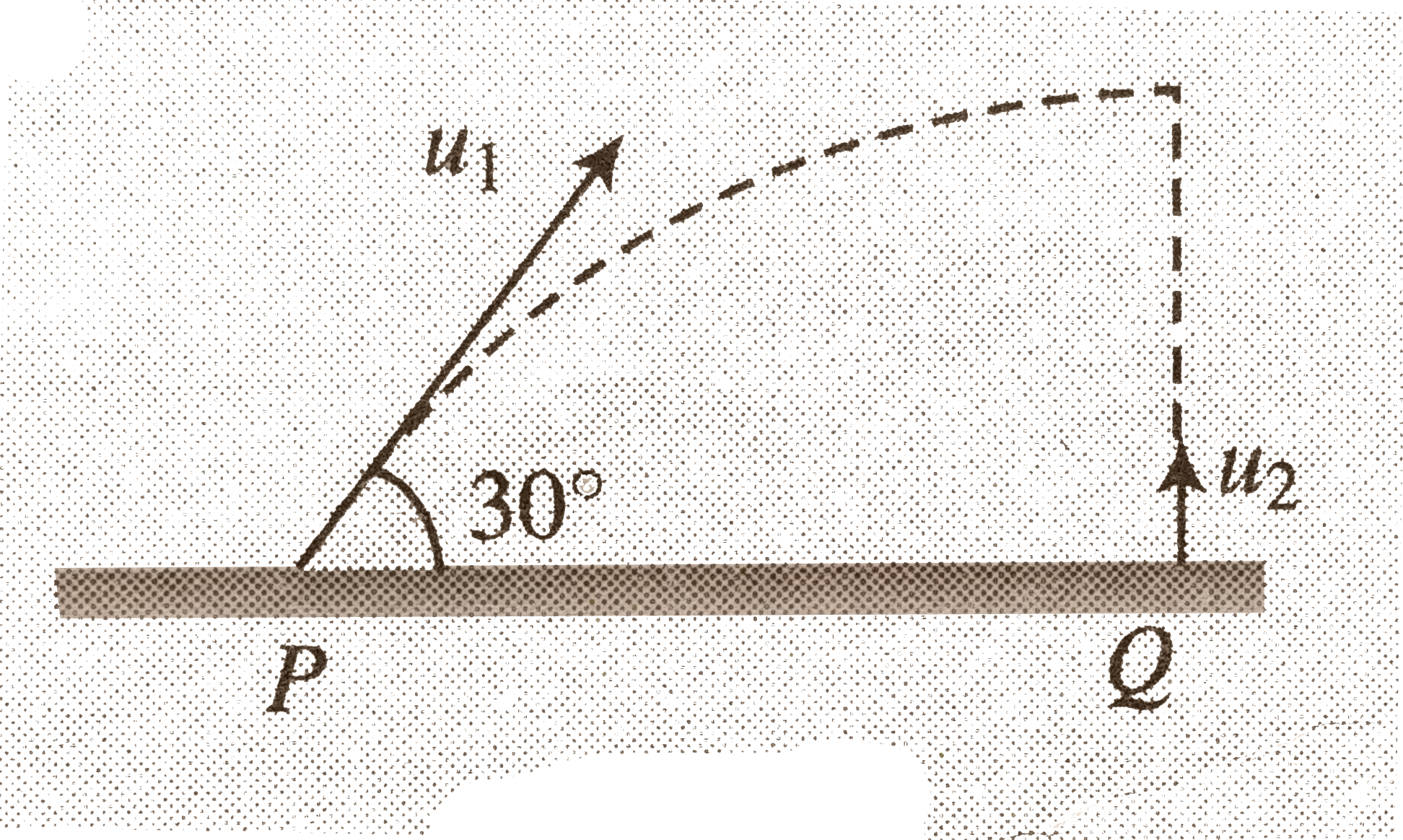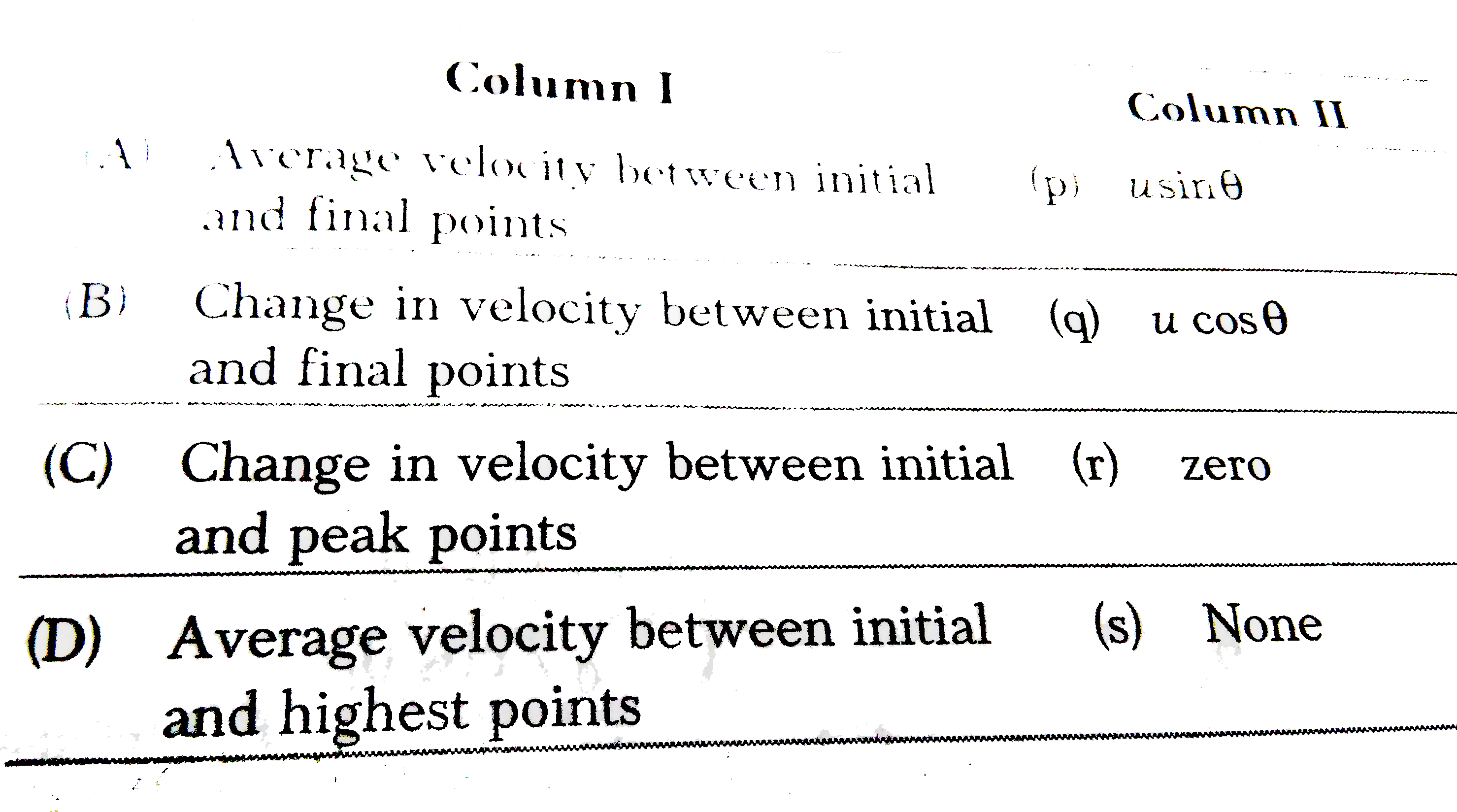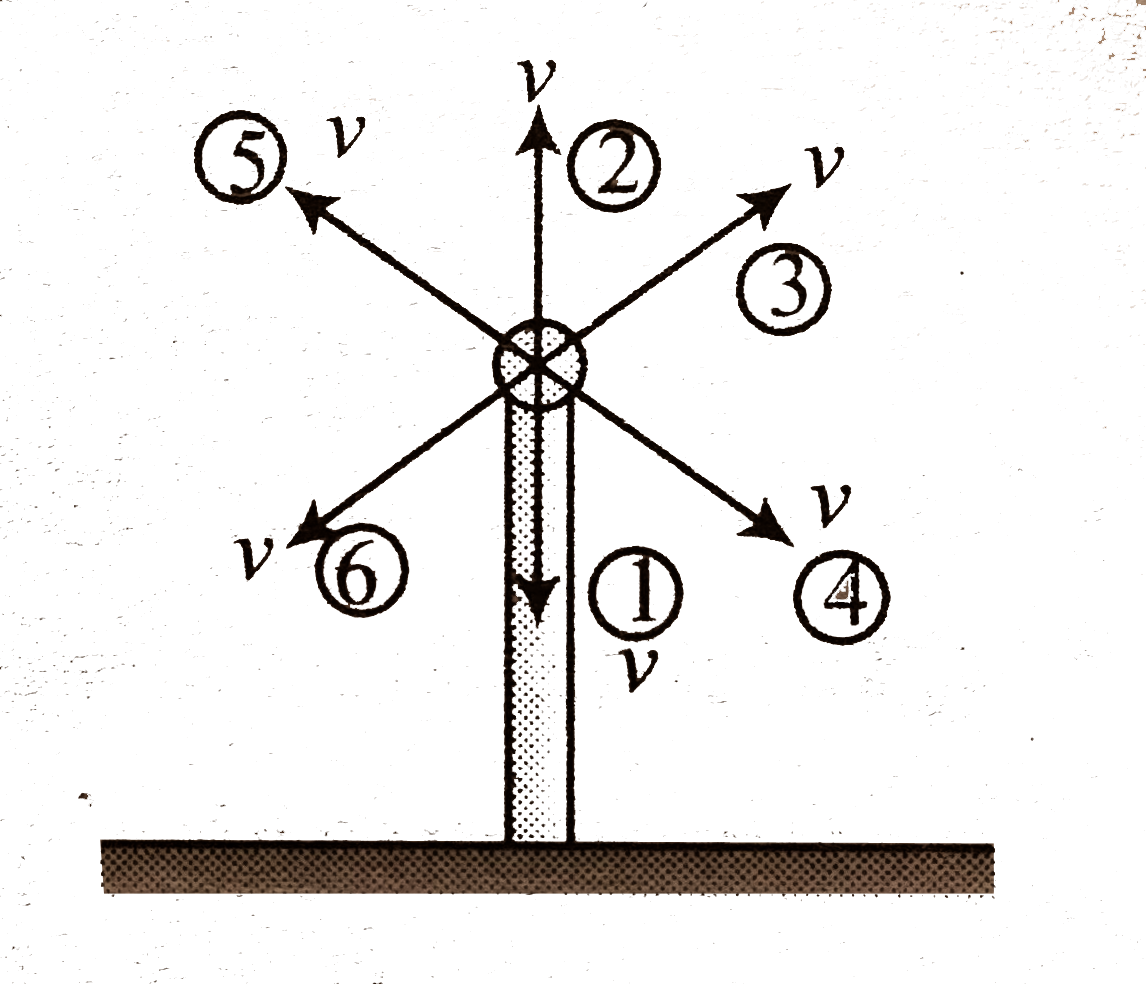A particle is thrown with velocity u at an angle ∝ from the horizontal. Another particle is thrown with the same velocity at an angle ∝ from the verticle. What will be the ratio of times of flight of two particles ?
To solve the problem of finding the ratio of the times of flight of two particles thrown with the same velocity u, one at an angle α from the horizontal and the other at an angle α from the vertical, we can follow these steps:
Step 1: Determine the time of flight for the first particle
The time of flight T1 for a projectile thrown at an angle α from the horizontal is given by the formula:
T1=2usinαg
where:
- u is the initial velocity,
- g is the acceleration due to gravity.
Step 2: Determine the angle for the second particle
For the second particle, which is thrown at the same velocity u but at an angle α from the vertical, we need to find the equivalent angle from the horizontal. The angle from the horizontal is:
θ=90∘−α
Step 3: Determine the time of flight for the second particle
Now, we can calculate the time of flight T2 for the second particle using the angle θ:
T2=2usin(90∘−α)g
Using the trigonometric identity sin(90∘−α)=cosα, we can rewrite this as:
T2=2ucosαg
Step 4: Calculate the ratio of times of flight
Now, we can find the ratio of the times of flight T1T2:
T1T2=2usinαg2ucosαg
The 2u and g cancel out:
T1T2=sinαcosα=tanα
Final Answer
Thus, the ratio of the times of flight of the two particles is:
T1T2=tanα
---
The time of flight T1 for a projectile thrown at an angle α from the horizontal is given by the formula:
- u is the initial velocity,
- g is the acceleration due to gravity.
For the second particle, which is thrown at the same velocity u but at an angle α from the vertical, we need to find the equivalent angle from the horizontal. The angle from the horizontal is:
Now, we can calculate the time of flight T2 for the second particle using the angle θ:
Now, we can find the ratio of the times of flight T1T2:
Thus, the ratio of the times of flight of the two particles is:
Similar Questions
A particle P is projected with velocity u1 at an angle of 30∘ with the horizontal. Another particle Q is thrown vertically upwards with velocity u2 from a point vertically below the highest point of path of P. Determine the necessary condition for the two particles to collide at the highest point.
 .
.
View SolutionA particle is thrown with speed u of an angle theta with the horizontal when the particle makes an angle phi with the horizontal its speed changes to v
View Solution
Knowledge Check
A particle is thrown up with a ccrtain velocity and at an angle 0 with the horizontal. The variation of kinetic energy with time is given by :
A B
B C
C D
D
A particle is thrown with a speed u at an angle θ with the horizontal. When the particle makes an angle ϕ with the horizontal. Its speed changes to v :
Av=ucosθBv=ucosθ.cosϕCv=ucosθ.secϕDv=usecθ.cosϕIf a body A of mass M is thrown with velocity V at an angle of 30∘ to the horizontal and another body B of the same mass is thrown with the same speed at an angle of 60∘ to the horizontal. The ratio of horizontal range of A to B will be
A1:3B1:1C1:√3D√3:1
A particle is projected form ground with velocity u ar angle θ from horizontal. Match the following two columns.

View SolutionA particle is thrown with speed u at an angle α with horizontal from the ground. After how much time, the velocity of particle will make an angle β with horizontal.
View SolutionA body A of mass m is thrown with velocity υ at an angle of 30∘ to the horizontal and another body B of the same mass is thrown with velocity υ at an angle of 60∘ to the horizontal, find the ratio of the horizontal range and maximum height of A and B.
View SolutionA particle is thrown with the speed u at an angle α with the horizontal. When the particle makes an angle β the horizontal , its speed will be
View SolutionAll the particles thrown with same initial velocity would strike the ground.
 .
.
View Solution

